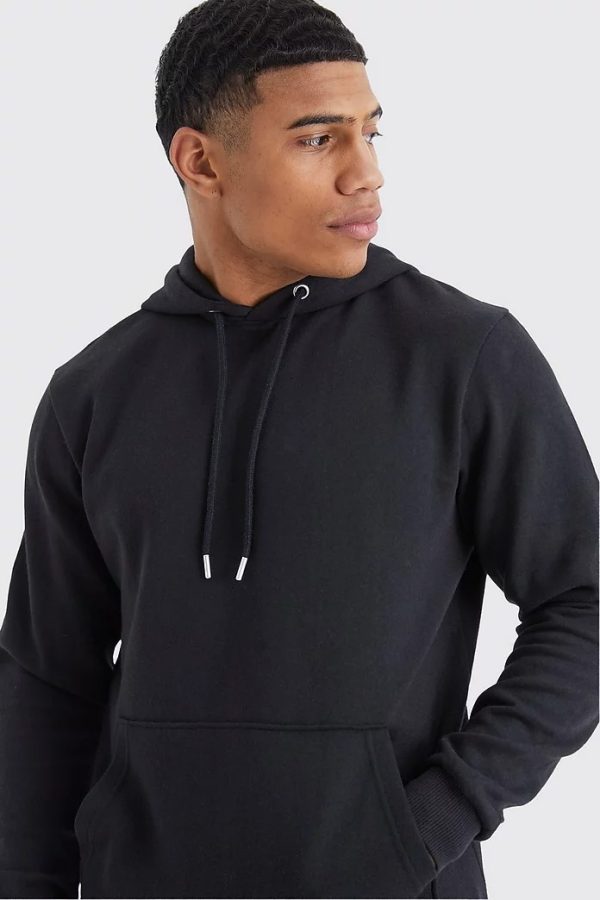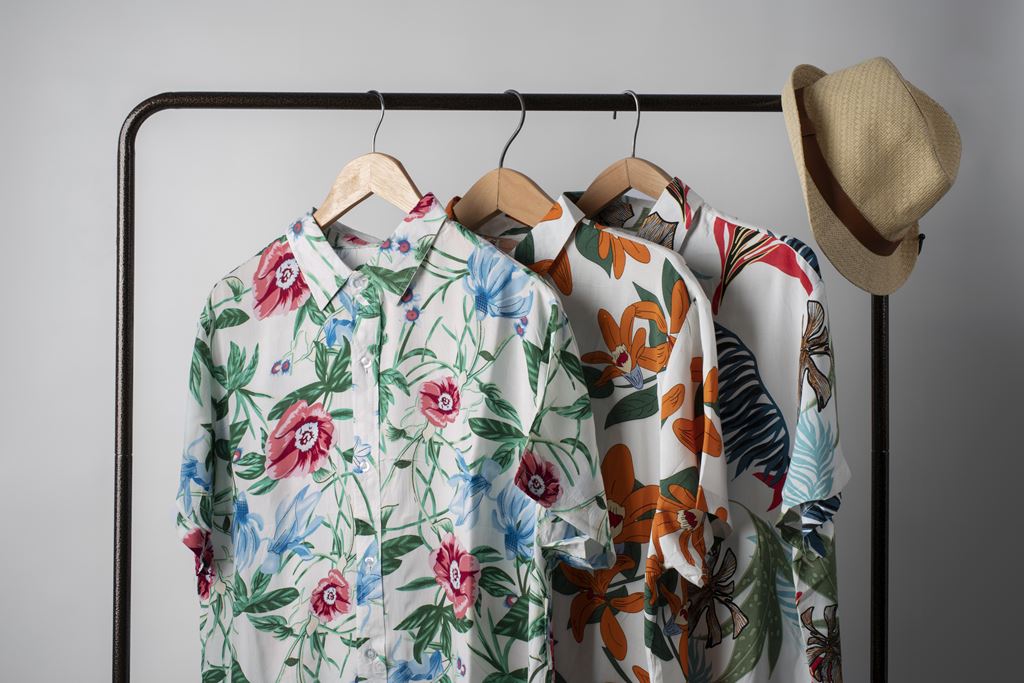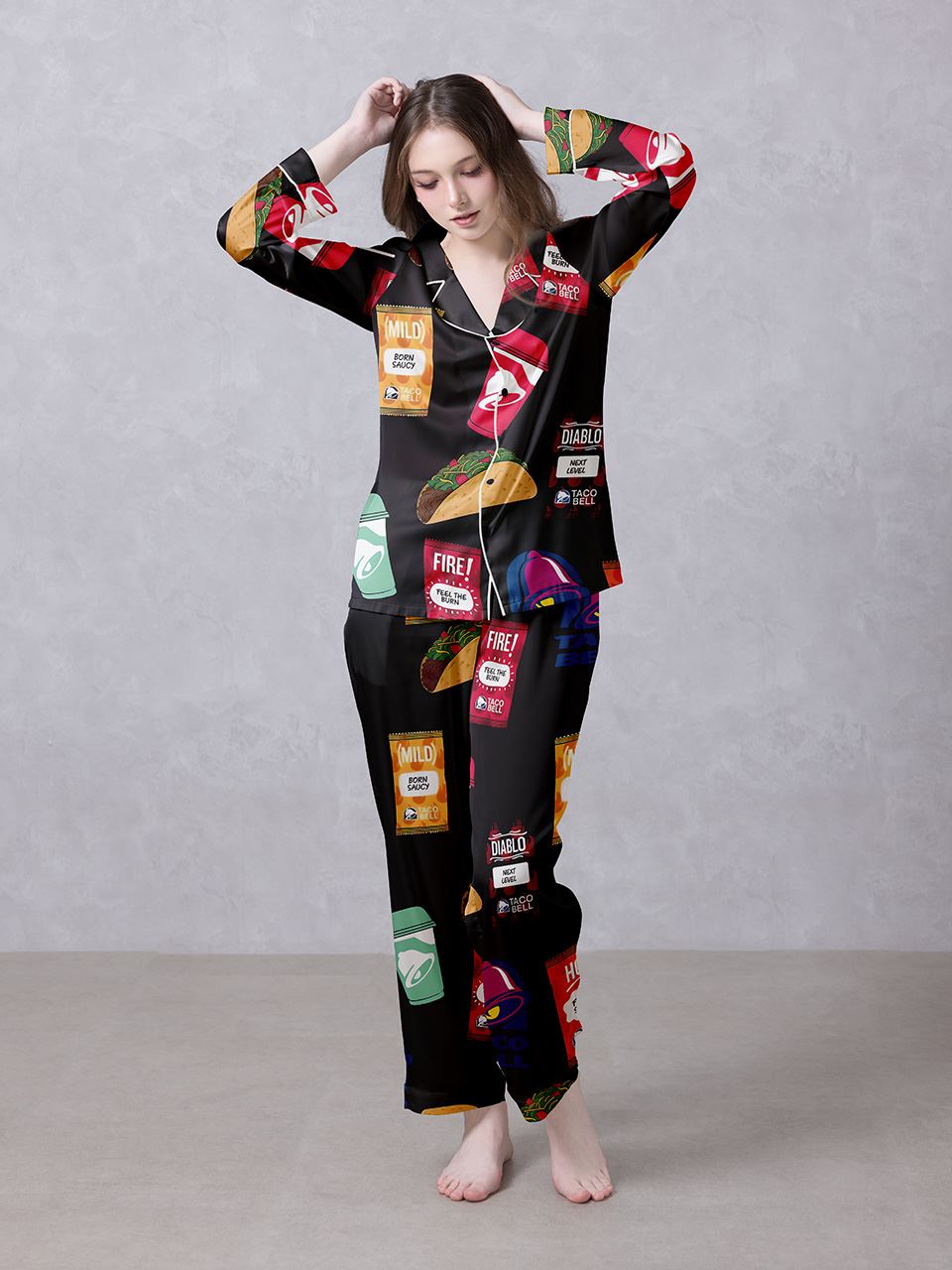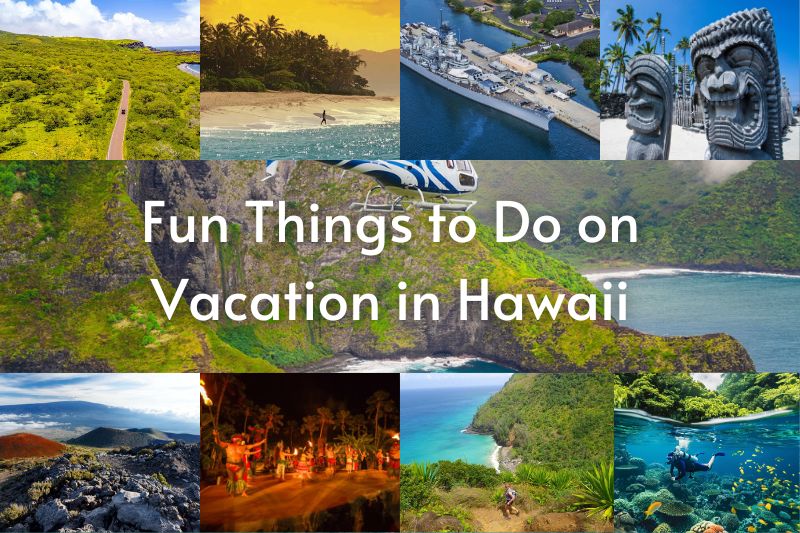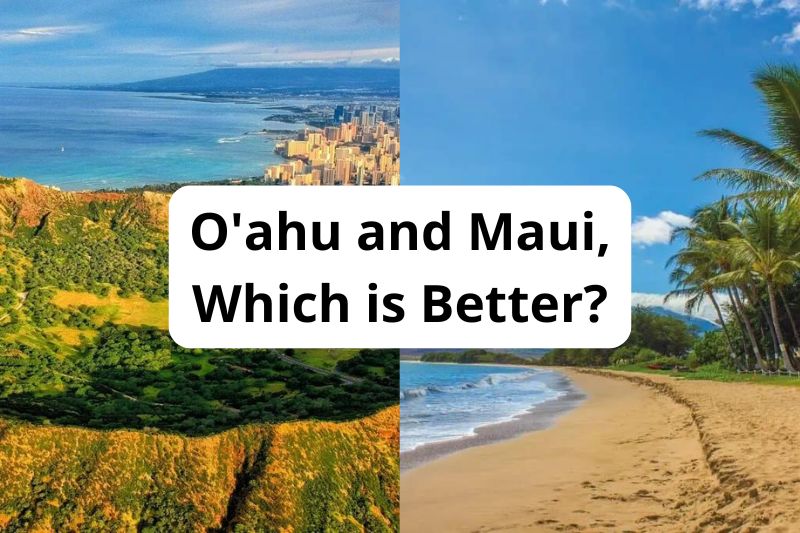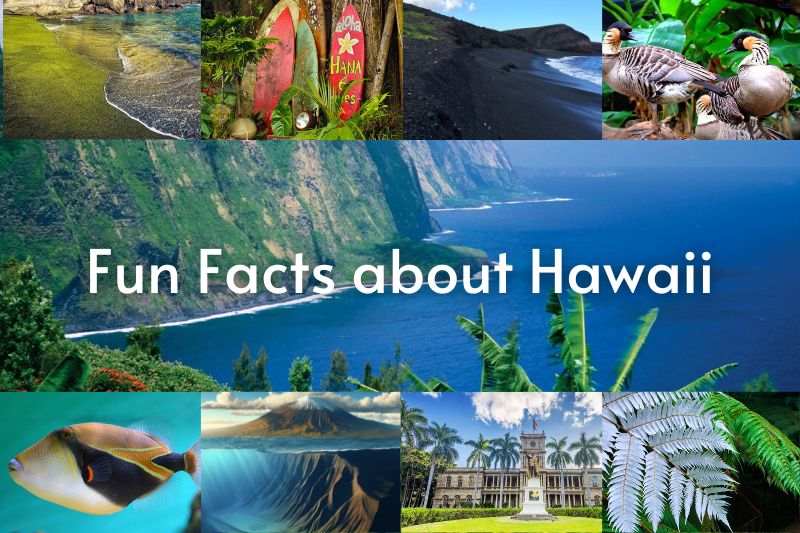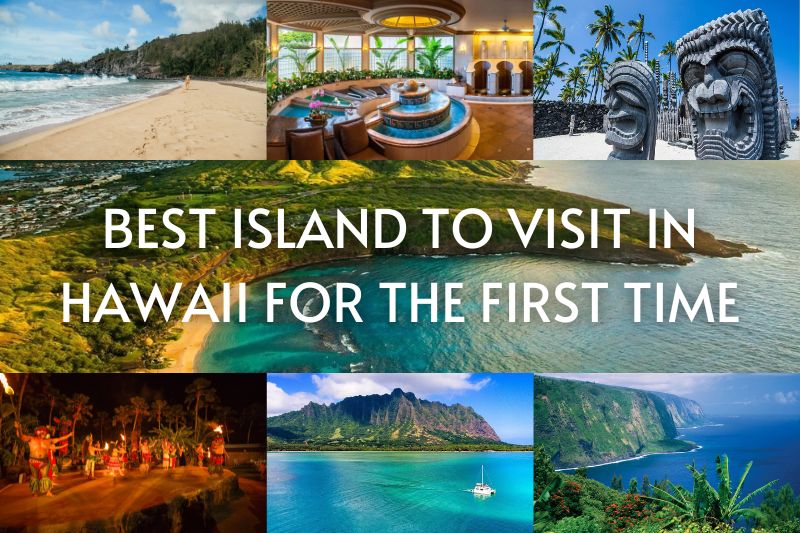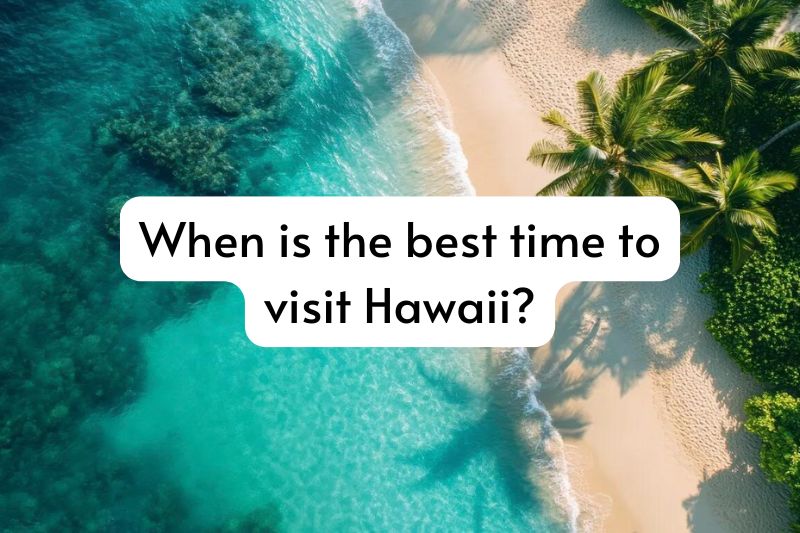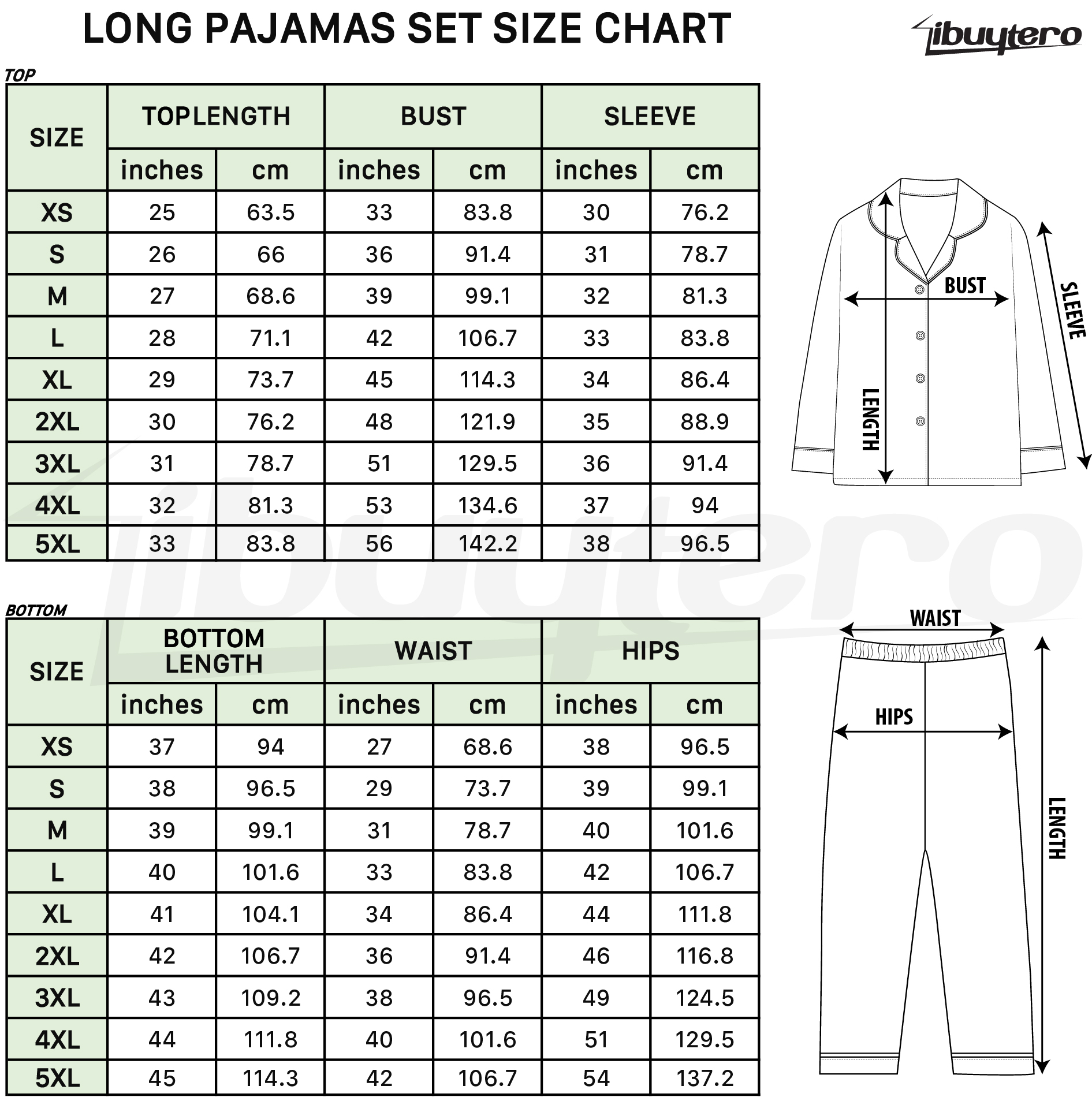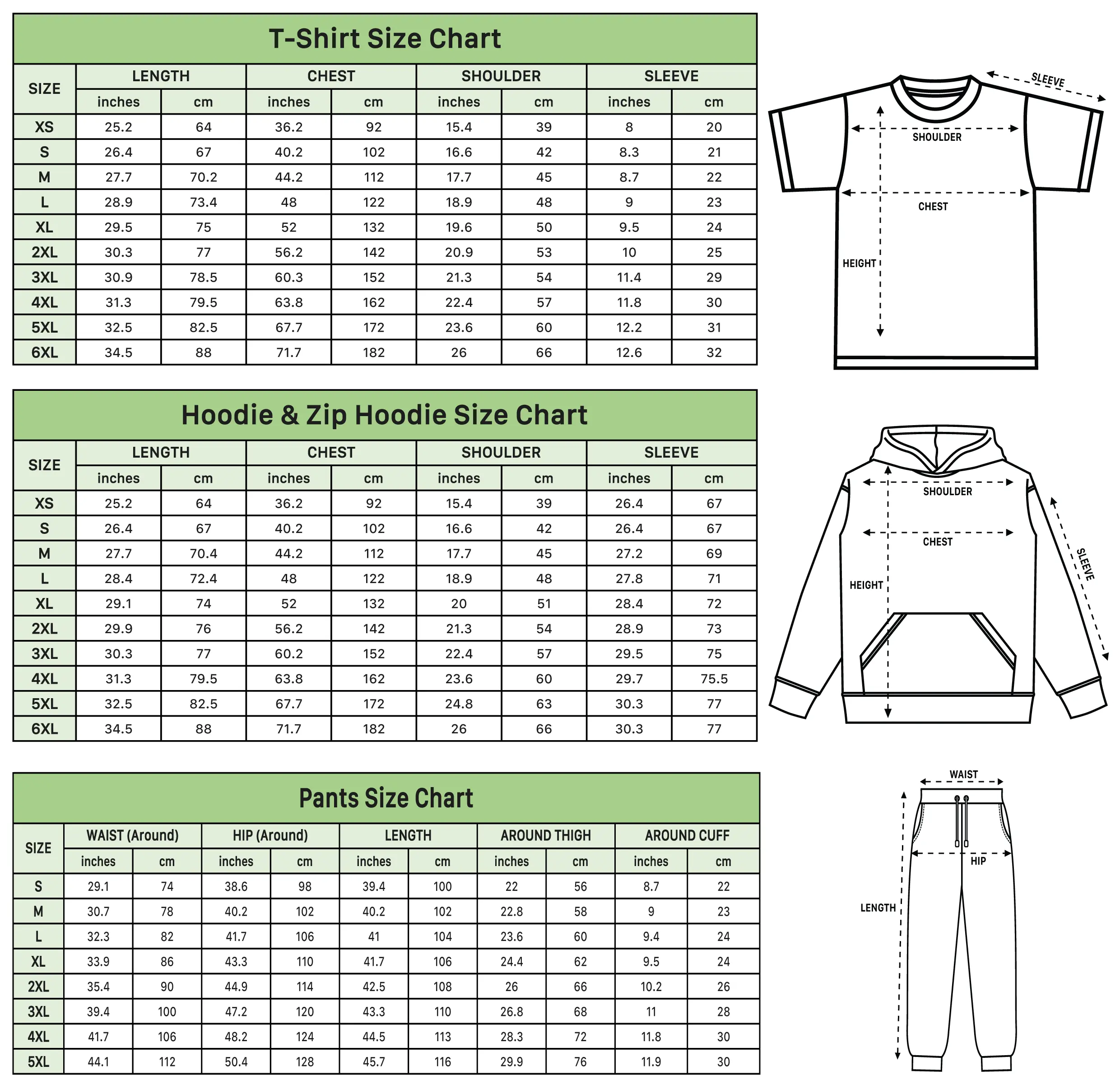Surfing in Hawaii: A Visitor’s Guide
When it comes to surfing in Hawaii, there’s no place more iconic than the birthplace of this exhilarating water sport. With its stunning beaches and rich surf culture, Hawaii offers a surfing experience like no other. Whether you’re a seasoned pro or a beginner, this guide will help you make the most of surfing in Hawaii.
I. A Brief History of Surfing in Hawaii
Surfing, or Heʻe Nalu, has been a central part of Hawaiian culture for over 1,000 years. Originally, it was more than just a sport it was a spiritual activity tied to the ocean’s power. Hawaiian royalty, known as Ali’i, were often the best surfers, riding large boards called Olo, while commoners used shorter boards called Alaia. Surfing symbolized social status and connection to nature.
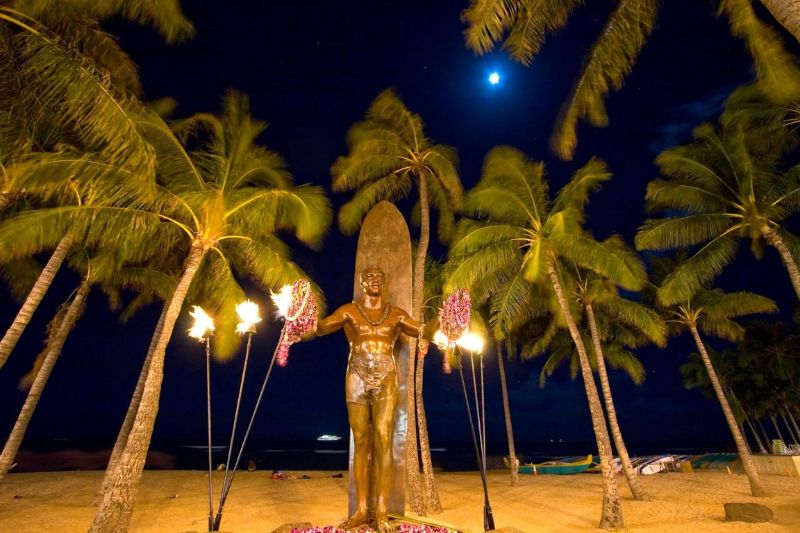
Though nearly lost during the 19th century due to Western influence, surfing was revived in the early 1900s by Hawaiian icons like Duke Kahanamoku, who introduced it to the world. Today, surfing in Hawaii remains a celebration of tradition, skill, and a deep respect for the ocean.
II. Best Time to Surf in Hawaii
Hawaii offers great surfing conditions year-round, but the best time to catch waves depends on the season and which side of the island you’re on. The two main surf seasons winter and summer bring very different wave conditions, making Hawaii a versatile destination for surfers of all skill levels.
- Winter (November to March): Winter is the prime surf season in Hawaii, especially on the North Shore of Oahu, known for its massive, world-class waves. During this time, large swells roll in from the Pacific, creating powerful and challenging surf. Famous spots like Waimea Bay, Sunset Beach, and the legendary Banzai Pipeline can see waves reaching up to 30-40 feet, attracting professional surfers from around the world. This is the best time for experienced and professional surfers looking to ride some of the biggest waves in the world. However, these conditions can be dangerous for beginners, so it’s important to assess your skill level carefully before heading out.Other islands like Maui and Kauai also experience larger swells on their northern shores during winter, offering challenging surf breaks for advanced surfers. Honolua Bay in Maui, for example, is famous for its long, perfect right-hand breaks during this season.
- Summer (June to September): The summer months bring smaller, more consistent waves to Hawaii, particularly on the southern shores of the islands. This is an ideal time for beginners and intermediate surfers, as the waves are more manageable and less intimidating than the winter swells. Popular spots like Waikiki Beach on Oahu offer long, gentle waves, perfect for learning or honing your skills.The southern shores of Maui and Kauai also provide excellent conditions for newer surfers during summer, with calmer seas and warm waters. While the waves are smaller, they’re still fun and consistent, making for a great introduction to the Hawaiian surf experience.
- Spring and Fall (April, May, October): These shoulder seasons offer a balance of conditions, with smaller crowds and moderate surf. During these months, you can find good waves on both the north and south shores, depending on the location and daily conditions. It’s a great time to visit if you want to avoid the peak tourist season while still catching solid waves.
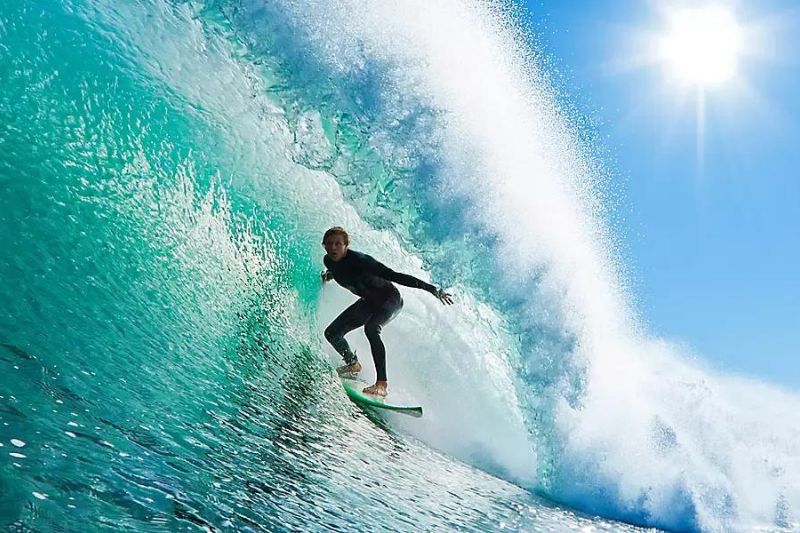
No matter the season, it’s essential to check local surf reports, as conditions can change rapidly. Hawaii’s waves are powerful and can vary greatly, so respecting the ocean and knowing your limits is crucial. With the right timing, surfing in Hawaii offers something for everyone, from gentle summer swells to epic winter waves.
III. Top Surfing Spots in Hawaii
Hawaii is home to some of the most famous and diverse surf breaks in the world. Each of the major islands offers a unique surfing experience, from gentle waves perfect for beginners to legendary, challenging swells that attract professionals. Below is a breakdown of the best surfing spots across Hawaii’s major islands, catering to all skill levels.
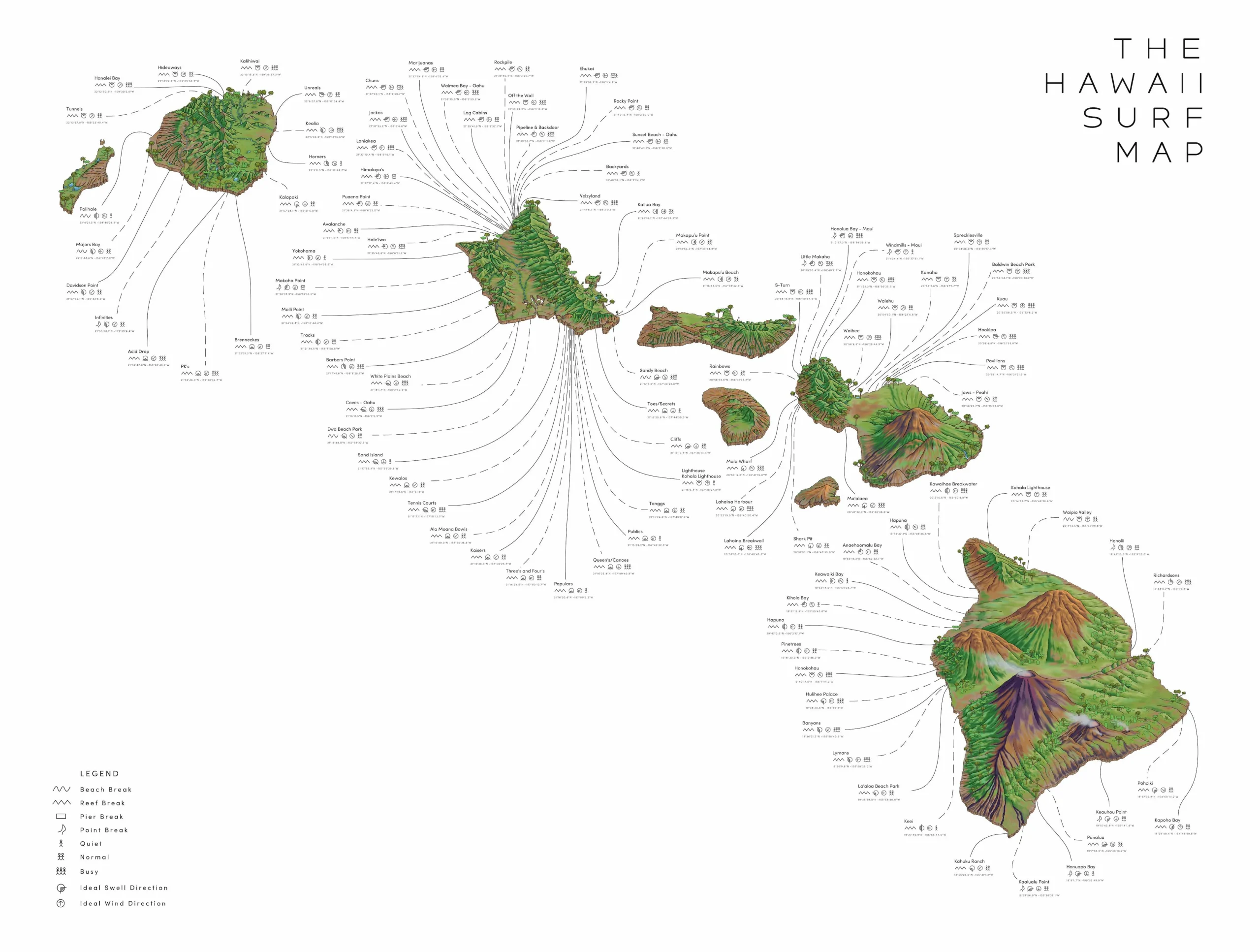
1. Oahu
- North Shore: The North Shore of Oahu is considered the mecca of surfing, especially during winter when massive swells transform the coastline into a playground for professional surfers.
- Waikiki Beach: Located on Oahu’s southern shore, Waikiki is perfect for beginners and intermediate surfers. Its long, rolling waves are gentle and forgiving, making it an ideal spot for learning. Waikiki is also home to many surf schools, making it a great starting point for newcomers to the sport. The area’s rich surf history, dating back to Hawaiian royalty, adds to the allure of this famous beach.
2. Maui
- Honolua Bay: Located on the northwestern coast of Maui, Honolua Bay is known for its perfect, long right-hand point break. This spot is best in winter, with waves reaching 10 to 15 feet, providing ideal conditions for intermediate to advanced surfers. Honolua Bay is not only famous for its incredible surf but also for its stunning natural beauty, with clear waters and lush green cliffs surrounding the bay.
- Ho‘okipa Beach: This spot is one of Maui’s top surf destinations and is particularly popular among advanced surfers and windsurfers. Located on the island’s North Shore, Ho‘okipa is known for its fast, powerful waves, which make it ideal for experienced surfers. The best conditions occur in winter, when the North Shore swells are at their peak.
- Lahaina Breakwall: On the southern coast of Maui, Lahaina Breakwall is an excellent spot for beginners, with consistent, smaller waves perfect for learning. The surf is more forgiving, and several surf schools operate in the area, making it a great place to start if you’re new to the sport.
3. Kauai
- Hanalei Bay: Often regarded as one of the most beautiful surf spots in the world, Hanalei Bay on Kauai’s North Shore offers waves for all skill levels. In summer, the bay has small, playful waves suitable for beginners, while winter brings larger swells, making it a favorite for experienced surfers. The stunning mountain backdrop and pristine waters make surfing here an unforgettable experience.
- Poipu Beach: Located on Kauai’s southern shore, Poipu Beach is a great spot for beginners and families. The waves are smaller and more consistent, and there are plenty of surf schools nearby offering lessons. It’s also a perfect place to enjoy other activities like snorkeling and paddleboarding if you want a break from surfing.
4. Big Island (Hawaii Island)
- Kahaluu Beach Park: Known for its beginner-friendly waves, Kahaluu Beach is a popular spot on the Big Island’s Kona coast. The surf here is gentle, with small, consistent waves that make it perfect for new surfers or those looking to practice their skills. It’s also a great place to snorkel and spot sea turtles between surf sessions.
- Banyans: For more experienced surfers, Banyans on the Big Island’s Kona coast offers powerful, fast-breaking waves. This spot is popular among local surfers, and while the waves aren’t as massive as those on Oahu’s North Shore, they still provide plenty of challenge. Banyans is best in winter, when the waves are bigger and more consistent.
5. Molokai and Lanai
- Molokai: Known for its untouched beauty, Molokai offers more secluded surf spots. Dixie Maru Beach is a great spot for beginners, with gentle waves and less crowded conditions. For advanced surfers, Kepuhi Beach on the west side of the island provides more challenging waves, especially in winter.
- Lanai: Surfing on Lanai is less common due to the island’s more remote nature, but Hulopoe Bay offers small, fun waves in summer. The lack of crowds makes it an attractive option for surfers looking for a more peaceful experience.
IV. Surf Lessons and Schools
If you’re new to surfing, taking lessons in Hawaii is an ideal way to start. Most surf schools offer a structured approach, starting with a beachside introduction to basic techniques like paddling, popping up, and balancing on the board. Instructors are not only experts in surfing but also in reading local ocean conditions, ensuring you surf safely. Lessons typically last about 1-2 hours, and most schools provide all the necessary equipment, including surfboards and rash guards.
Hawaii has numerous surf schools across all major islands. In Oahu, especially at Waikiki Beach, you’ll find plenty of beginner-friendly schools like Hans Hedemann Surf School or Big Wave Dave Surf Co. These schools cater to a range of students, offering group lessons, private instruction, and even multi-day surf camps.
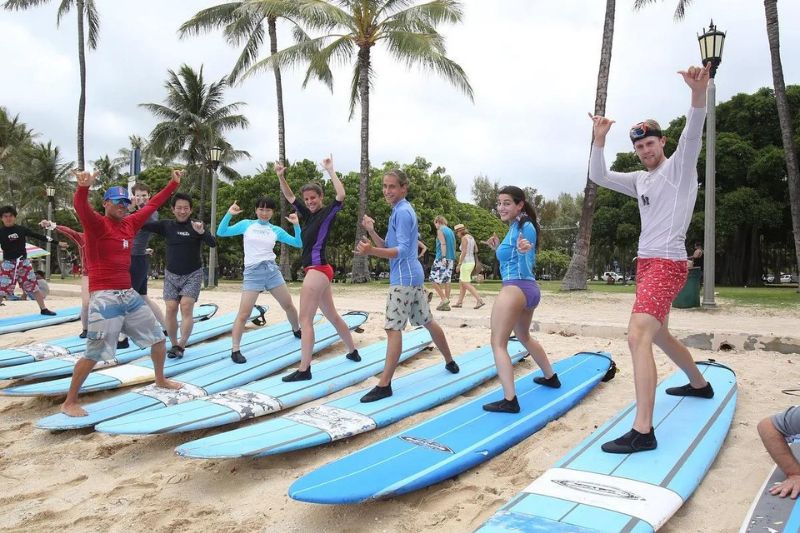
Over in Maui, schools like Maui Surfer Girls specialize in offering surf camps for beginners, while Goofy Foot Surf School in Lahaina is well-known for patient, hands-on coaching. Kauai and the Big Island also have surf schools, with instructors who are well-versed in local wave patterns and can guide students to the safest and most enjoyable surf spots.
For those looking to advance their skills, many surf schools offer intermediate lessons, focusing on techniques like turning, riding steeper waves, and building confidence in bigger surf conditions.
V. Surf Etiquette
When surfing in Hawaii, it’s crucial to follow surf etiquette to ensure safety, respect, and harmony in the water. Surfing is deeply rooted in Hawaiian culture, and the local community values proper behavior in the lineup. Whether you’re a beginner or an experienced surfer, knowing the unwritten rules of surfing helps prevent accidents, builds respect among surfers, and enhances everyone’s experience on the waves.
Here are the key principles of surf etiquette in Hawaii:
- Respect the Locals: Hawaii is the birthplace of surfing, and local surfers take pride in their breaks. Always show respect to the locals, whether you’re at a famous spot like Pipeline or a quieter beach. This includes being polite, understanding the local culture, and avoiding any aggressive behavior. It’s common courtesy to let locals have priority on waves, especially in crowded lineups.
- Wait Your Turn: Surfing operates on an unwritten “first come, first served” rule when it comes to catching waves. The surfer closest to the peak (where the wave breaks) has the right of way. Dropping in catching a wave that someone else is already riding is considered one of the biggest breaches of surf etiquette. Always wait your turn in the lineup and be patient. If you’re unsure, let others take the wave until you gain confidence.
- Don’t Hog Waves: Even if you’re catching every wave in sight, it’s important to allow others to have their turn. Avoid taking wave after wave, especially in a crowded lineup. Surfing is a shared experience, and part of the enjoyment is letting others catch waves too. If you’re catching waves consistently, sit one out to give others a chance.
- Paddle Out Properly: When paddling out after a wave or to reposition yourself, always paddle around the lineup not through it. Paddling directly in front of other surfers who are riding a wave can cause accidents and disrupt their ride. If you do find yourself in someone’s path, the rule is to paddle toward the whitewater (the broken part of the wave) rather than toward the face of the wave, as it’s safer for both you and the surfer.
- Know Your Limits: Hawaii’s waves can be powerful, especially in places like the North Shore of Oahu. Always be honest with yourself about your abilities and surf within your skill level. If the waves are too large or the conditions too rough, it’s better to sit out or head to a more beginner-friendly spot. Overconfidence can lead to dangerous situations not just for you, but for others in the water.
- Communicate in the Water: Communication is key to avoiding collisions and maintaining a positive vibe in the lineup. If you’re paddling for a wave, make sure to signal your intentions by yelling “going left” or “going right” to avoid confusion. Similarly, if you’re backing off a wave, let others know they can go. Clear communication helps maintain order, especially in busy lineups.
- Respect the Environment: Hawaii’s beaches and oceans are sacred to the locals, and part of surf etiquette involves respecting the natural environment. Always clean up after yourself, avoid stepping on coral, and never leave trash on the beach. Using reef-safe sunscreen is also essential to protect Hawaii’s delicate marine ecosystems.
- Be Humble and Learn from Mistakes: Everyone makes mistakes in the water, especially beginners. If you accidentally drop in on someone or make a wrong move, offer a sincere apology. Surfers appreciate humility and will be more understanding if you show respect and learn from your errors.
By following these surf etiquette guidelines, you’ll not only have a better experience but also help preserve the local surf culture that makes surfing in Hawaii so special. Remember, surfing is about enjoying the ocean and sharing waves in a respectful and friendly manner.
VI. What to Bring
For a successful surf trip in Hawaii, pack these essentials:
- Surfboard: If you’re experienced, bring your board. Otherwise, renting from a local surf shop is easy.
- Rash Guard: The sun is strong in Hawaii, and a rash guard will protect your skin from the elements.
- Reef-Safe Sunscreen: Hawaii has strict laws protecting its coral reefs, so make sure to use sunscreen labeled “reef-safe.”
- Waterproof Gear Bag: To store your belongings while you’re out in the water.
VII. Other Ocean Activities
If surfing in Hawaii isn’t for you, no worries there are plenty of exciting activities to enjoy on the water. Here are some great alternatives:
- Stand-Up Paddleboarding (SUP): This is a fantastic way to catch small waves without the need for a surfboard. It’s also incredibly enjoyable in calm waters, allowing you to soak in the beautiful scenery around you.
- Bodyboarding: This activity lets you ride the waves without having to stand, making it easier to get the hang of things. Bodyboarding is suitable for various wave sizes, from small to large, making it a great option for everyone.
- Kayaking: Kayaking is a fun way to feel connected to the water while getting a workout. It allows you to explore tranquil bays and take in stunning coastal views.
- Snorkeling: One of the most popular activities in Hawaii, snorkeling lets you discover the vibrant underwater world filled with colorful coral and diverse marine life.
- Outrigger Canoeing: Experience traditional outrigger canoeing in Waikiki, where you often catch some waves during your trip. It’s a unique way to enjoy the ocean.
- Windsurfing and Kitesurfing: While these activities require some lessons to get started, they offer exhilarating experiences on the water and allow you to explore different coastal areas.
- Jet Ski Tours: Many locations in Hawaii offer jet ski rentals and tours, providing an adventurous way to explore the surrounding waters.
With these diverse options, you can still enjoy the beauty of the ocean, even if surfing isn’t on your agenda.
VIII. Embracing the Aloha Spirit
Surfing in Hawaii is about more than just catching waves it’s about connecting with the ocean, the land, and the local community. Whether you’re learning on the gentle swells of Waikiki or taking on the massive waves of the North Shore, remember to embrace the Aloha spirit: surf with respect, gratitude, and a love for the natural beauty around you.
Conclusion
Surfing in Hawaii is a dream for many, and the islands’ incredible waves, warm weather, and vibrant surf culture make it a perfect destination for visitors of all skill levels. With this guide, you’re well-equipped to ride the waves like a local, explore the best surf spots, and immerse yourself in the magic of Hawaii’s surfing heritage.
For more information about Teroprints, please contact us via the details below for the most detailed advice. Alternatively, you can explore our products further on Pinterest.
You can refer to the articles below for more helpful information:
- 30 Fun Facts about Hawaii
- A Guide to Hawaii’s Culture: From Clothing to Food
- Fun Things to Do on Vacation in Hawaii
- Pros and Cons of Living in Hawaii
FAQs - Surfing in Hawaii: A Visitor's Guide
Aloha, and see you on the waves!

